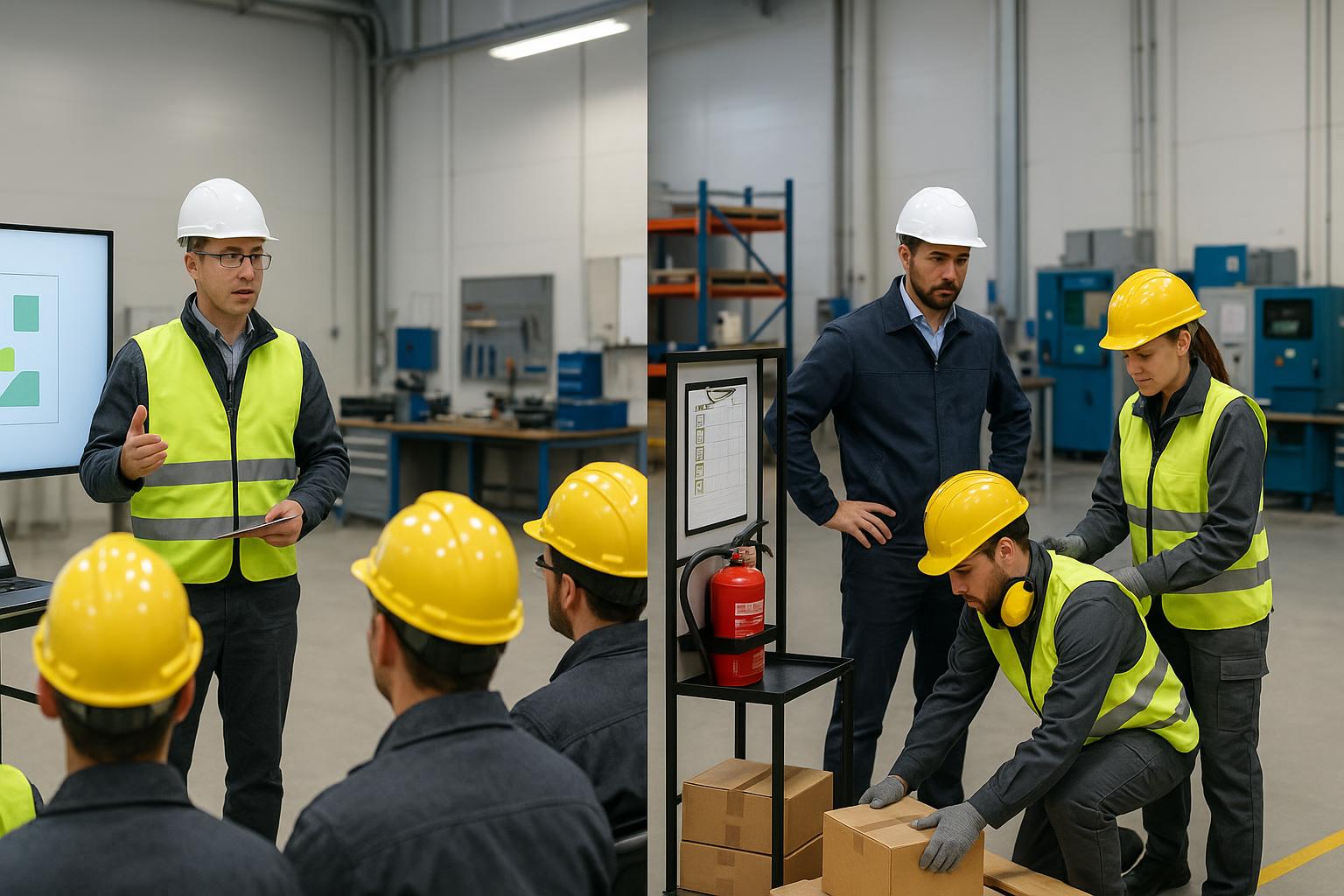Suiting Up Safely: Best Practices for Selecting and Using Personal Protective Equipment
In the dynamic and often hazardous environments of various industries, ensuring the safety of workers is paramount. One of the most critical aspects of workplace safety is the proper selection and use of Personal Protective Equipment (PPE). Here, we explore best practices to ensure workers are equipped with the right PPE and know how to use it effectively.
Understanding the Importance of PPE
Personal Protective Equipment is designed to protect employees from serious workplace injuries or illnesses resulting from contact with chemical, radiological, physical, electrical, mechanical, or other workplace hazards. PPE includes items such as gloves, safety glasses, shoes, earplugs or muffs, hard hats, respirators, and full-body suits.
Conducting a Thorough PPE Hazard Assessment
Before selecting PPE, it’s crucial to conduct a comprehensive hazard assessment of the workplace. This assessment helps identify potential hazards that workers might be exposed to and determine the necessary PPE to mitigate those risks. Here are the steps to perform an effective hazard assessment:
1. Identify Hazards: Look for any potential sources of harm, such as machinery, chemicals, and environmental conditions.
2. Evaluate Risks: Determine the level of risk associated with each hazard.
3. Select Appropriate PPE: Choose PPE that provides adequate protection against the identified hazards.
Selecting the Right PPE
Choosing the correct PPE involves considering several factors to ensure the highest level of protection and comfort for workers. Here are some guidelines:
1. Match PPE to Hazards: Ensure that the PPE selected is specifically designed to protect against the identified hazards.
2. Ensure Proper Fit: Ill-fitting PPE can be ineffective. Make sure PPE fits properly and is comfortable to wear.
3. Check for Quality and Compliance: Ensure that all PPE meets industry standards and regulatory requirements.
Training Employees on PPE Use
Providing workers with PPE is not enough; they must also be trained on its correct use. Training should cover:
1. When and How to Use PPE: Workers need to know the situations in which PPE is required and how to properly wear and adjust it.
2. Maintenance and Care: Proper maintenance extends the life of PPE and ensures it remains effective. Workers should be trained on how to clean and store their equipment.
3. Limitations of PPE: Educate workers about the limitations of their PPE so they understand when additional precautions may be necessary.
Regular PPE Inspections and Maintenance
To ensure PPE remains effective, regular inspections and maintenance are essential. Establish a routine schedule for checking the condition of PPE and replace any damaged or worn-out equipment immediately.
1. Inspection Checklists: Use detailed checklists to inspect PPE regularly.
2. Record Keeping: Maintain records of inspections, maintenance, and replacements to ensure compliance and traceability.
Fostering a Safety Culture
Creating a culture that prioritizes safety is crucial for the effective use of PPE. Encourage employees to take ownership of their safety and the safety of their colleagues by:
1. Promoting Open Communication: Encourage workers to report any issues with PPE or hazards they observe.
2. Recognizing Safe Practices: Acknowledge and reward employees who consistently follow safety protocols and properly use PPE.
Leveraging Technology for PPE Management
Modern technology can play a significant role in managing PPE effectively. Implementing digital tools can help track PPE usage, schedule maintenance, and ensure compliance. Consider using:
1. PPE Management Software: These tools can automate inspections, track inventory, and schedule training sessions.
2. Wearable Technology: Smart PPE equipped with sensors can monitor the environment and alert workers to potential hazards in real-time.
Conclusion
The right Personal Protective Equipment can make a significant difference in preventing workplace injuries and illnesses. By conducting thorough hazard assessments, selecting appropriate PPE, training employees, and fostering a culture of safety, organizations can ensure that their workers are protected. Remember, safety is not just about compliance; it’s about ensuring that everyone goes home safe every day.



